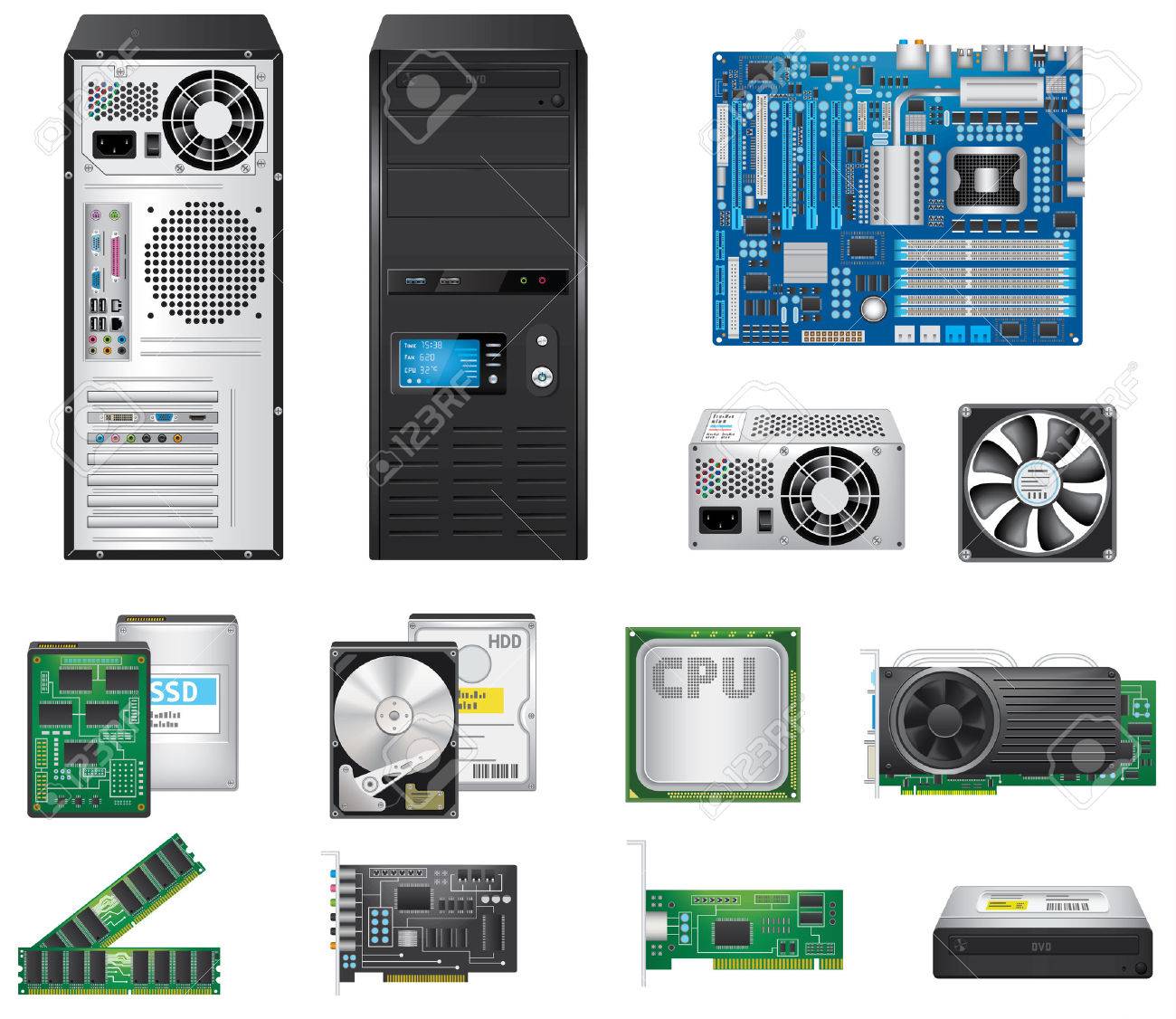Within today's tech-driven world, the need for computer components continues to increase, leading in a surge in excess parts becoming available. Such surplus computer parts offer an interesting opportunity for both seasoned builders and budget-conscious consumers to upgrade their systems without breaking the bank. From surplus graphics cards to used motherboards, there is a wealth of options for anyone open to explore the world of secondhand tech.
Yet, diving into the surplus market can be overwhelming. With numerous factors to consider—from determining the quality of components to knowing what to look for in a used graphics card—making wise choices is essential. This guide aims to illuminate on the important aspects of purchasing surplus computer parts, helping you transform what many see as discarded tech into valuable finds that can enhance your computer setup. Whether you're a gaming enthusiast or simply looking to upgrade your home office, learning how to spot high-quality components can lead to significant savings and impressive performance.
Guide to Purchasing Surplus Computer Parts
When considering acquiring extra computer components, understanding exactly what to search for can significantly boost your shopping experience. my link by finding reliable places where surplus components are available, like online marketplaces, regional electronics stores, and dedicated surplus retailers. Checking testimonials and scores of suppliers is essential; it can provide valuable insights into their trustworthiness and the quality of their offerings. Bear in mind that the quality of surplus parts can differ, and establishing trust with suppliers can reduce potential issues.
Subsequently, think about the exact components you need for your system. Whether you are looking for a graphics card, motherboard, or memory, each element has distinct characteristics affecting its value and how well it works with what you have. Understand the specifications required for your configuration and leverage that knowledge to guide your buying choices. It’s prudent to ask about return policies, guarantees, and coverage, as these can safeguard you in the situation where the part does not meet requirements.
Finally, confirm you hold a fundamental understanding of how to evaluate the state of surplus parts. This includes inspecting for physical damage, verifying functionality if feasible, and authenticating the authenticity of the components. Learning how to spot counterfeit parts can save you from potential loss. Investing time to thoroughly assess the worth and condition of surplus computer items will lead to smarter buys and a more rewarding experience overall.
Evaluating Quality and Fit

When buying leftover computer components, quality is essential. Always examine the tangible state of the parts, looking for signs of corrosion, flaws, or degradation. High-quality surplus parts should have intact connectors, clean terminals, and show no signs of extensive overheating or damage. Additionally, ask for the track record of the parts where practical; understanding their previous use can provide insightful knowledge into their longevity and reliability.
Fit is another key element to take into account. Ensure that https://computerparts38.werite.net/examining-the-extra-electronics-components-sector are eyeing are fitting with your current system. For parts like motherboards and processors, check the plug types, chipsets, and supported RAM types. Use vendor websites or forums to clarify fit and avoid any likely mismatches that could lead to further costs or frustrations down the line.
Lastly, when reviewing leftover parts, it is wise to assess the credibility of the supplier. Investigate ratings and evaluations, and prefer sellers who provide assurances or return agreements. A vendor’s transparency regarding the condition and track record of the parts can significantly enhance your buying experience. By prioritizing condition, compatibility, and vendor credibility, you'll improve your chances of acquiring leftover components that fulfill your demands efficiently.
Guidelines for Successful Surplus Part Shopping
When delving into the world of surplus PC parts, it's crucial to do your investigation beforehand. Familiarize yourself with the requirements and intercompatibility of the pieces you need for your setup. Keep an eye on the most recent trends in the tech world to understand which parts can still deliver good performance. Make a inventory of what you are looking for, prioritizing essential components, to stay focused while searching through various offers.
Inspect the quality of the parts thoroughly before making a purchase. Look for detailed photographs and descriptions from the merchant, and if possible, check questions about the history of the component, such as how long it was used and whether it has been verified. A reputable seller will often provide warranties or return terms for their surplus items, which adds a level of safety to your transaction.
Ultimately, don't neglect to evaluate prices across different venues. The best bargains can often be found through regional listings, online stores, or niche surplus vendors. Consider participating in community forums where enthusiasts discuss their insights and advice on where to find trustworthy surplus pieces. By being careful in your shopping endeavors, you can turn surplus pieces into a worthwhile addition to your setup configuration.
